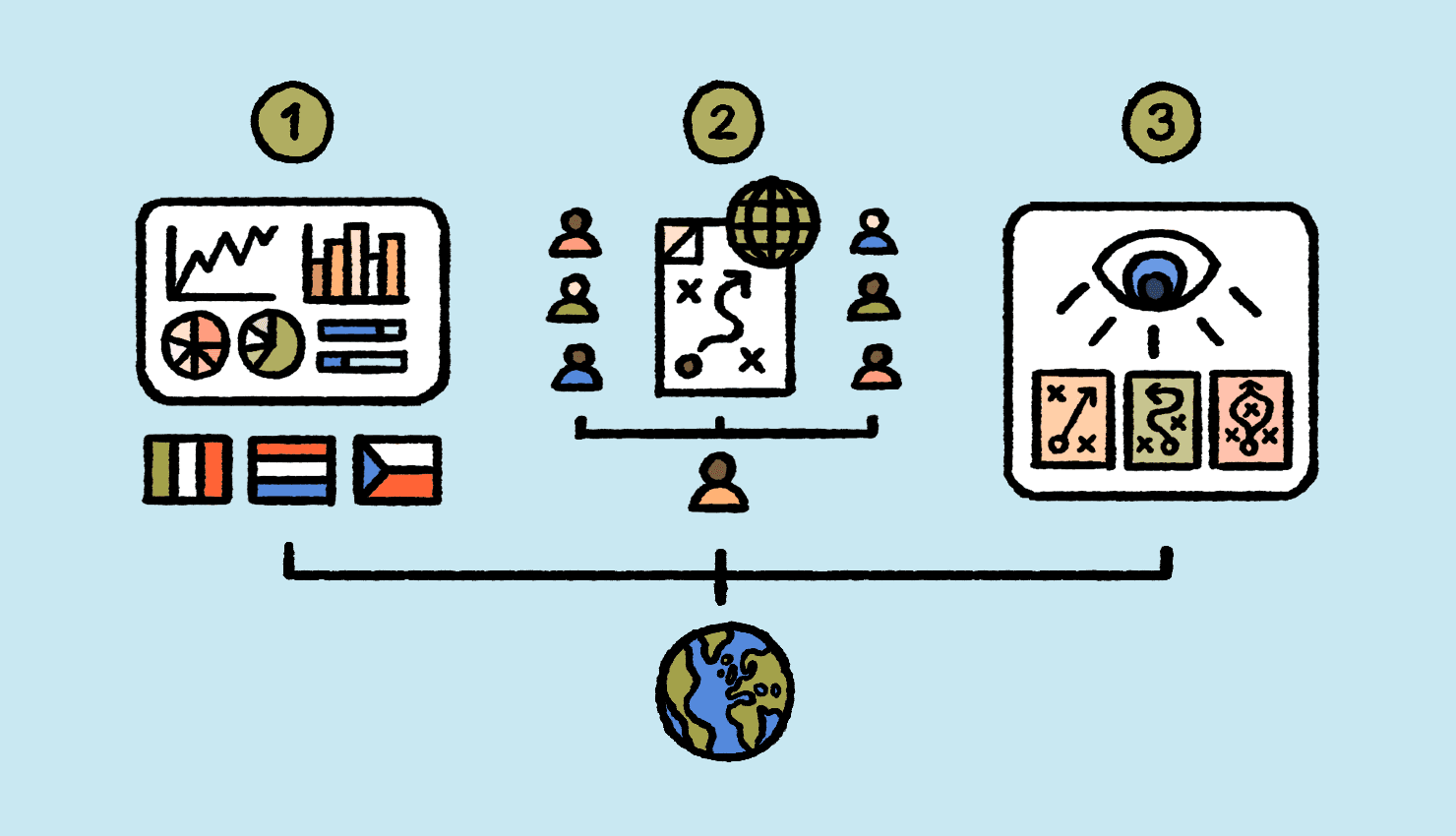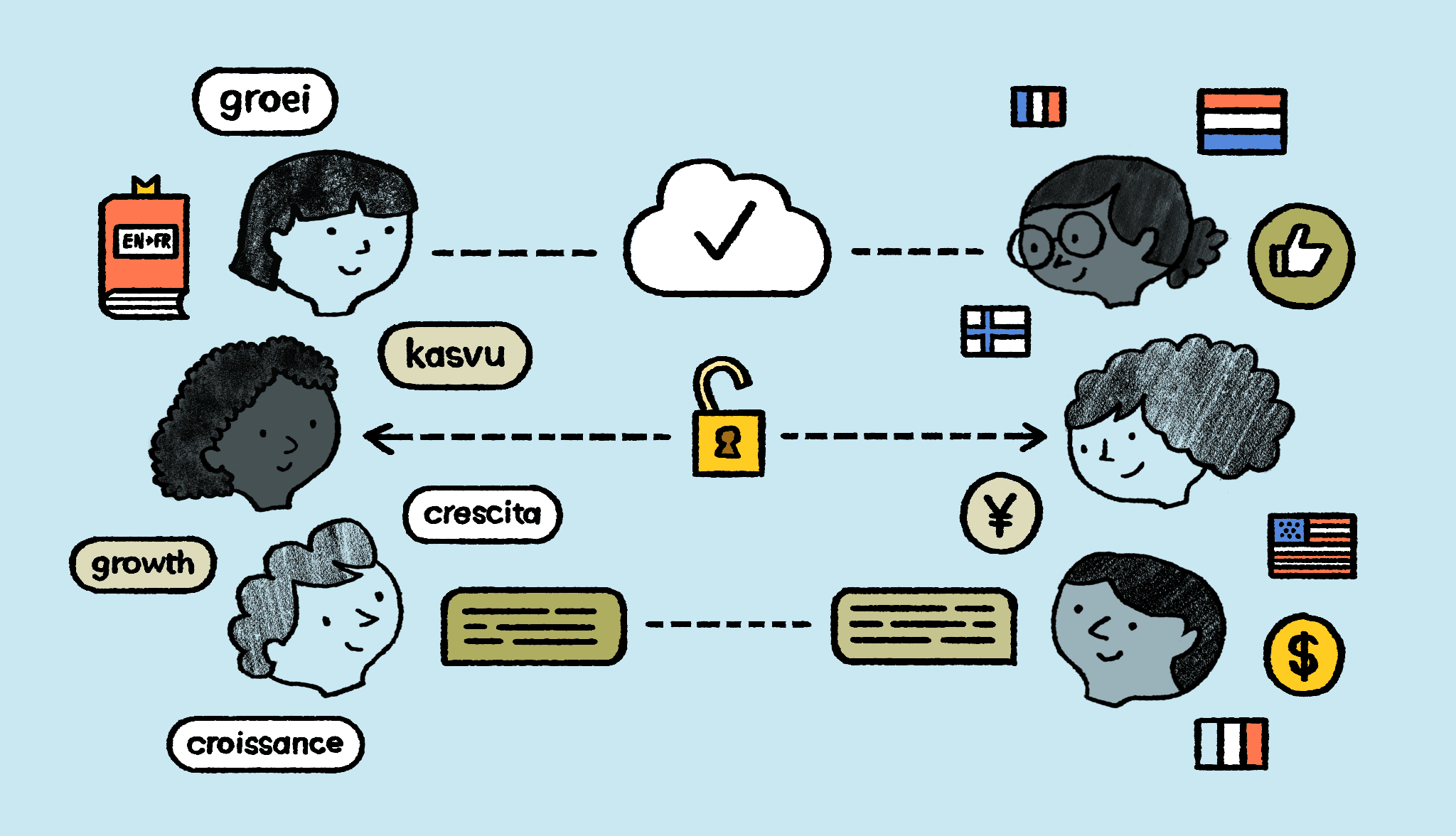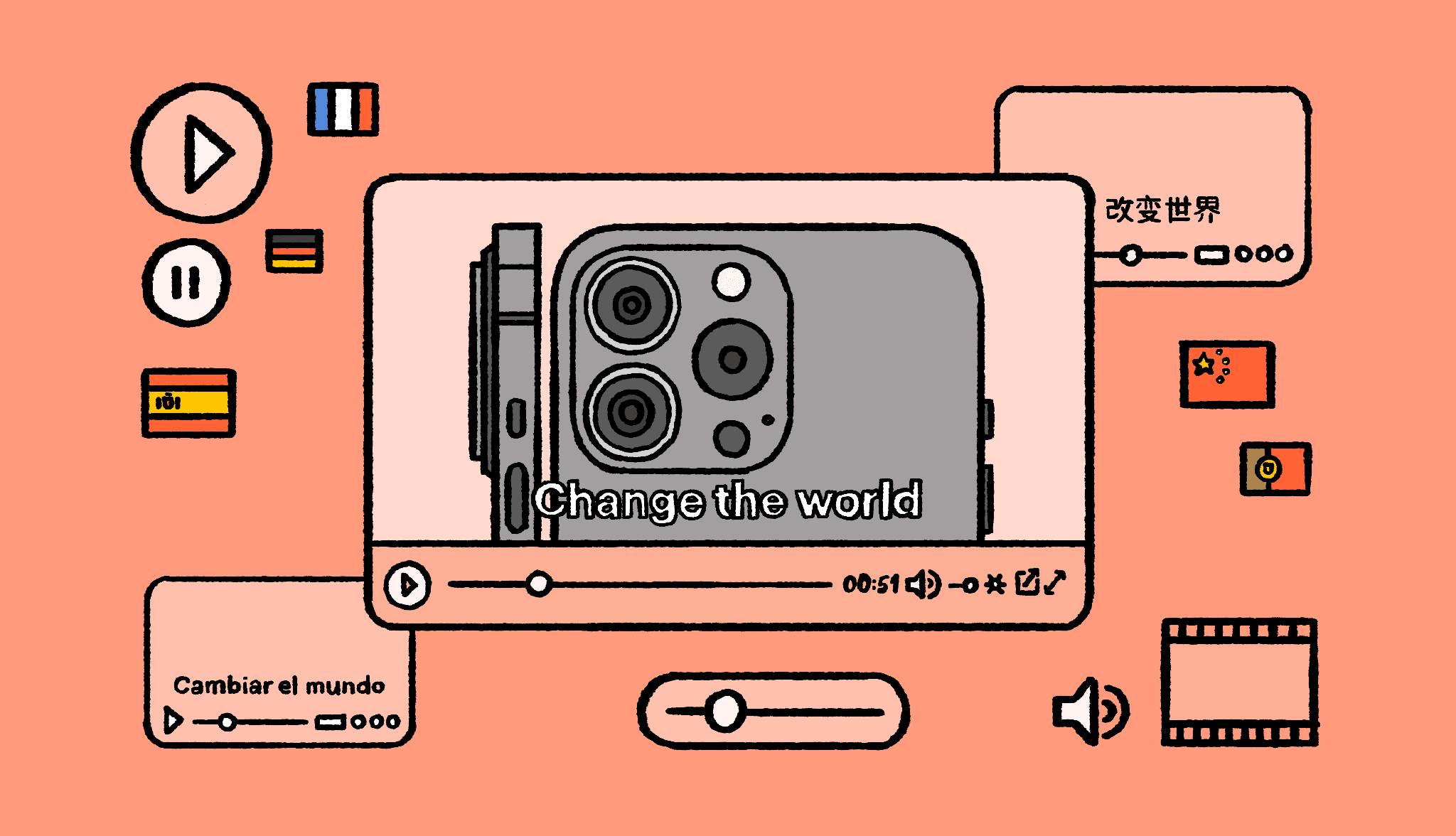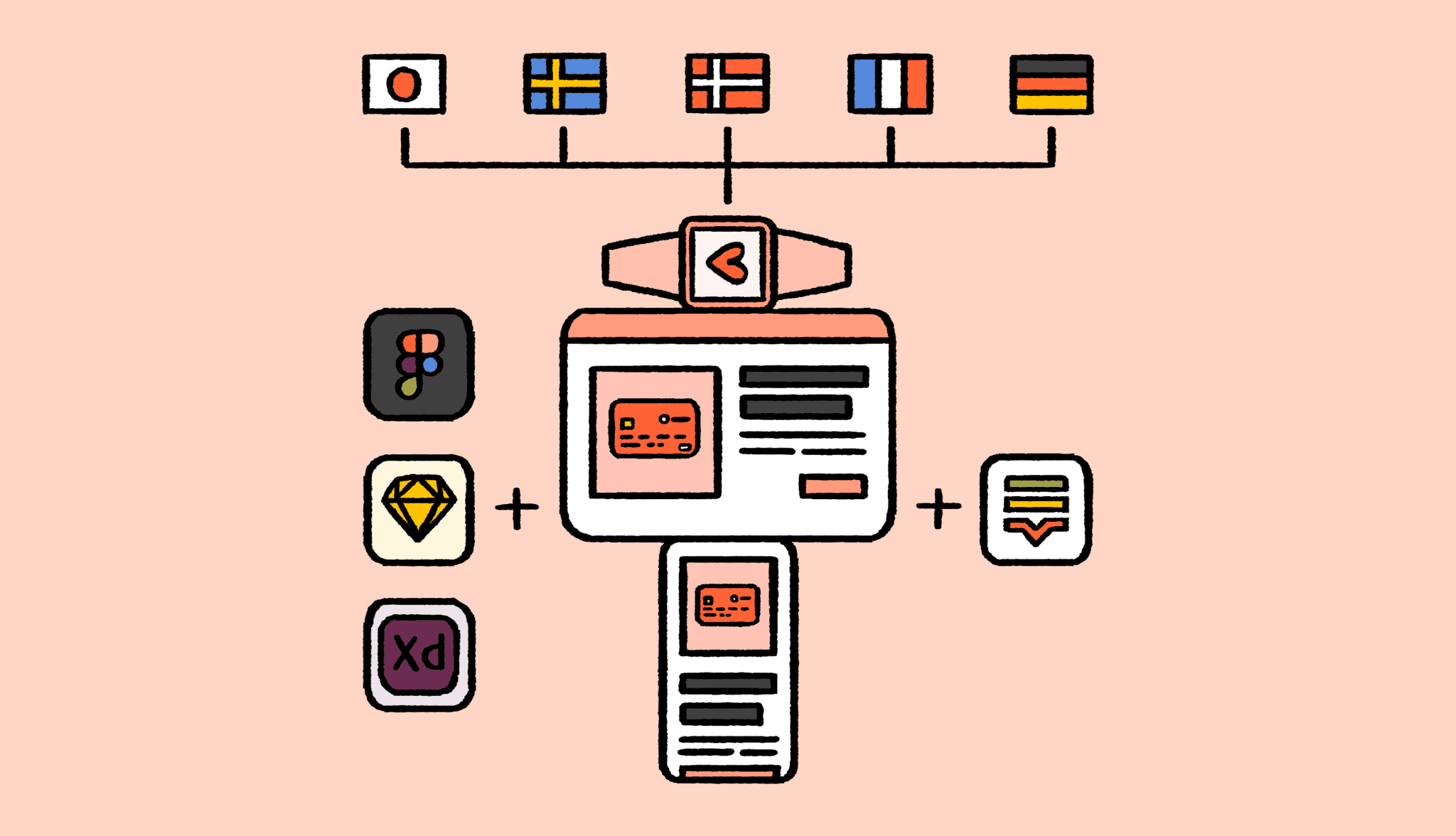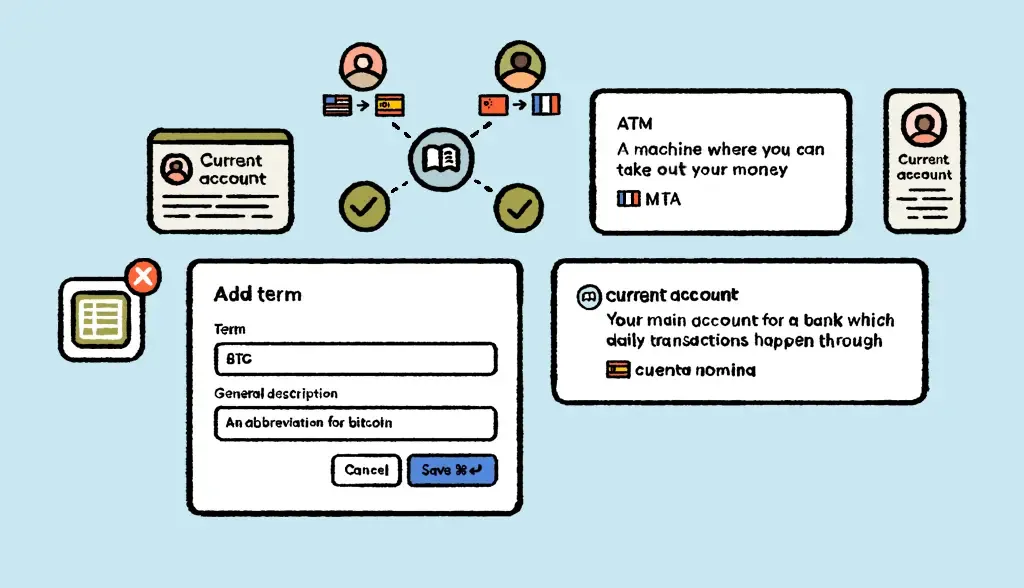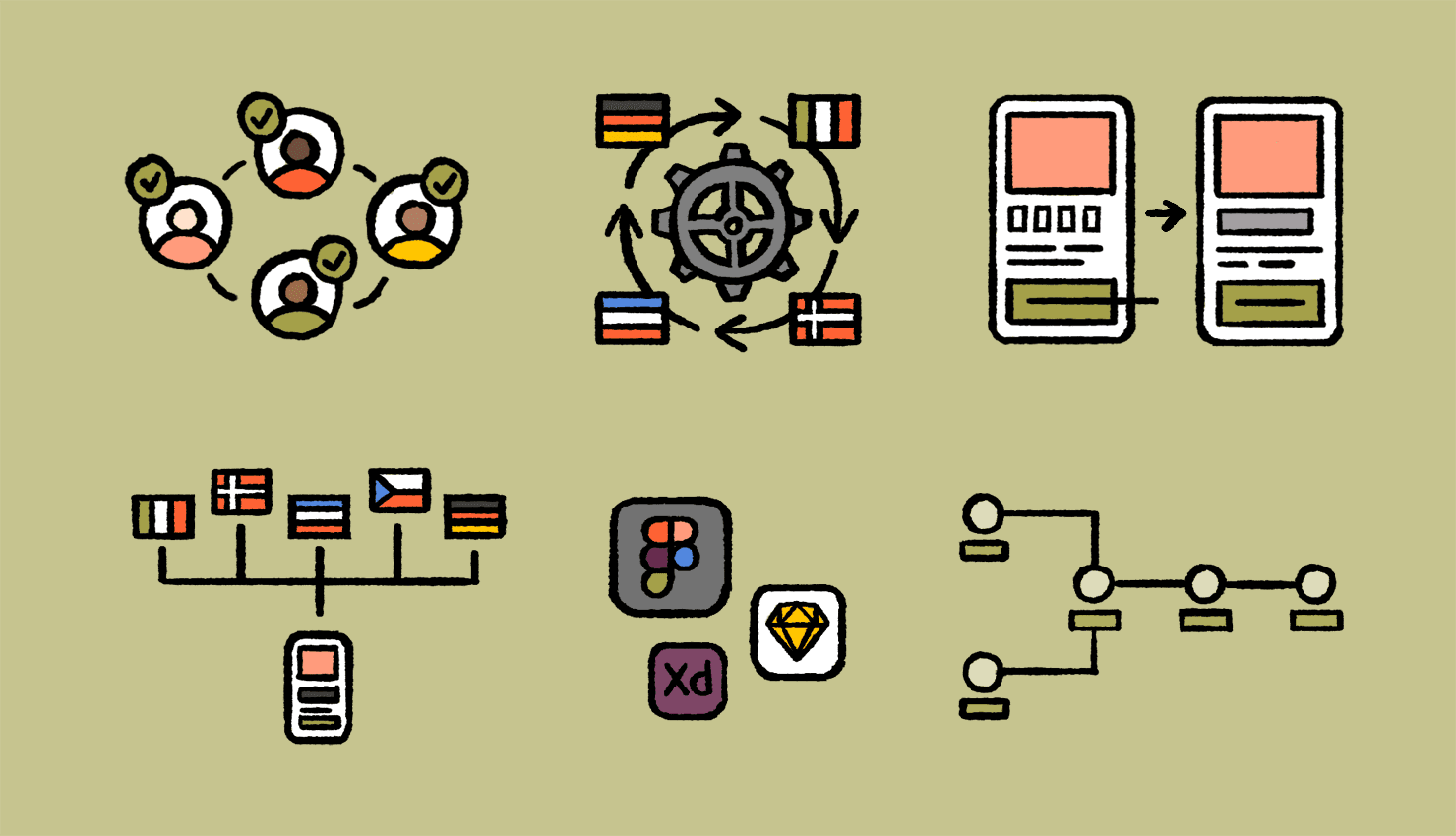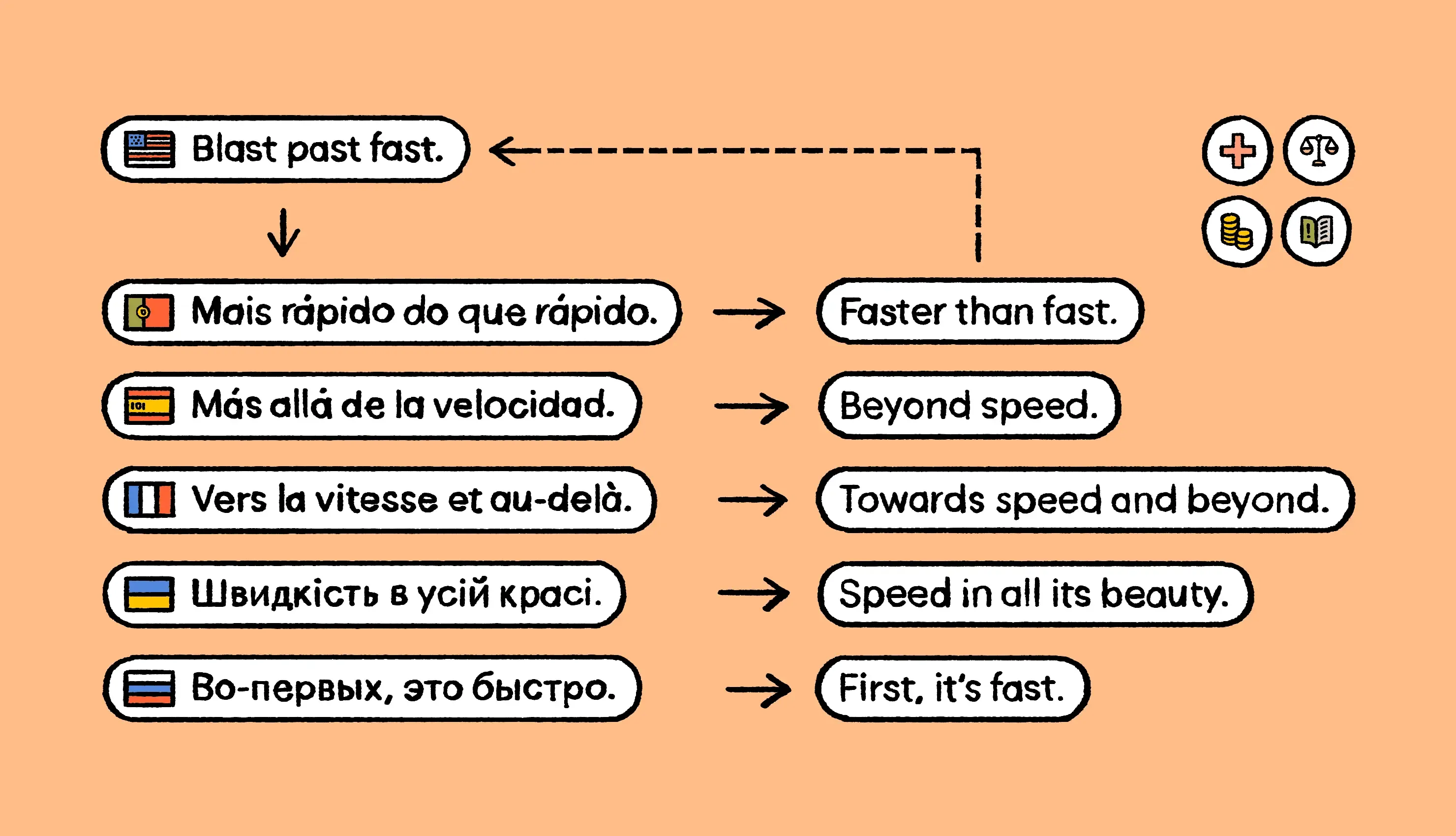How to choose the best machine translation software for your company
Choosing the right machine translation software can feel like picking a needle out of a haystack. With so many options claiming to deliver fast, accurate translations, how do you know which one is the right fit for your business? Whether you’re translating marketing campaigns, technical documents, or customer support materials, the stakes are high. Your brand’s voice and accuracy depend on it. This guide breaks down everything you need to cons
Updated on November 27, 2024·Alexander Pereverzevs 3 steps to a bulletproof market expansion strategy
Market expansion opens up exciting opportunities, but it's also a challenge. Like with every transnational strategy, to succeed, you need a solid plan that cuts down on risks and drives business growth. A bulletproof strategy helps you enter new regions with confidence and efficiency. In the context of
Updated on October 16, 2024·Stefanos Bournias Translation services: a comprehensive overview
A good translation understanding what is translation and its true impact, will drive your business growth, allowing you to promote your products, provide customer service, and tap into completely new markets. A poor translation, on the other hand, will delay international product launches, damage your brand reputation and increase the risk of
Updated on August 29, 2024·Agnese Kalnina Translating subtitles: Everything you need to know
When it comes to translating subtitles, you’re not just swapping words between languages. You’re shaping how your target audience experiences a story, an idea, or a lesson. As a translation or localization professional, you already understand the unique demands of this work: preserving tone, matching timing, and ensuring cultural nuances resonate with viewers across different languages. Yet, with tight deadlines
Updated on October 21, 2024·Jess Evans [EBOOK] The complete guide to design-stage localization
When you talk to fast-growing companies that are agile and rely on continuous development to some degree, you’ll quickly realize that most haven’t maintained processes and technologies to integrate localization into their product development workflow. As a UX writer, designer, developer, product manager, marketer, or linguist, do you know how you can align as a team and build a unified localization workflow that starts at the design stage? Incorporati
Updated on September 16, 2022·Stefanos Bournias Localization glossary: How to use it when translating to save time
Each industry has its own jargon and terminology. And each company has brand-specific phrases, non-translatable terms, and abbreviations. When you work with translators who are from outside your field, a glossary is a key component of the language assets you will need to build to keep your translations consistent—a fundamental part of effective localization management. In this shor
Updated on May 18, 2025·Jess Evans Design-stage localization: the top challenges for localization teams (Part 2)
In Part 1, we covered why design-stage localization is a game-changing solution for agile, multilingual product development. If you read it, you’ve likely thought about what it would take to create a unified localization workflow based around Lokalise, your design tool, and localization team. You might be asking “should I use mac
Updated on July 19, 2024·Niklas Hisinger What is back translation? Method explained with examples
Back translation, also known as reverse translation, is when content gets translated back to its original language and then compared to the source text. This is a key localization quality control technique and plays a vital role in software internationalization. With back translation, you can easily spot discrepancies and evaluate translation accuracy. Let’s
Updated on September 19, 2024·Valentyna Kozlova 
